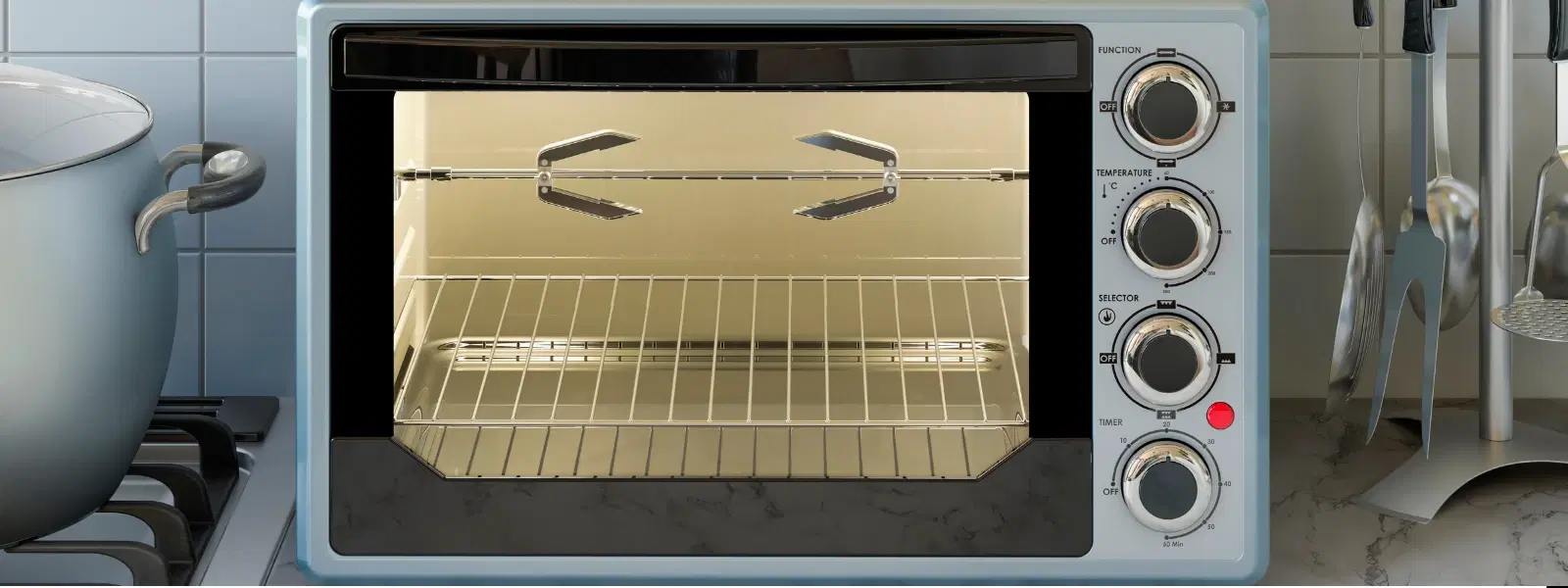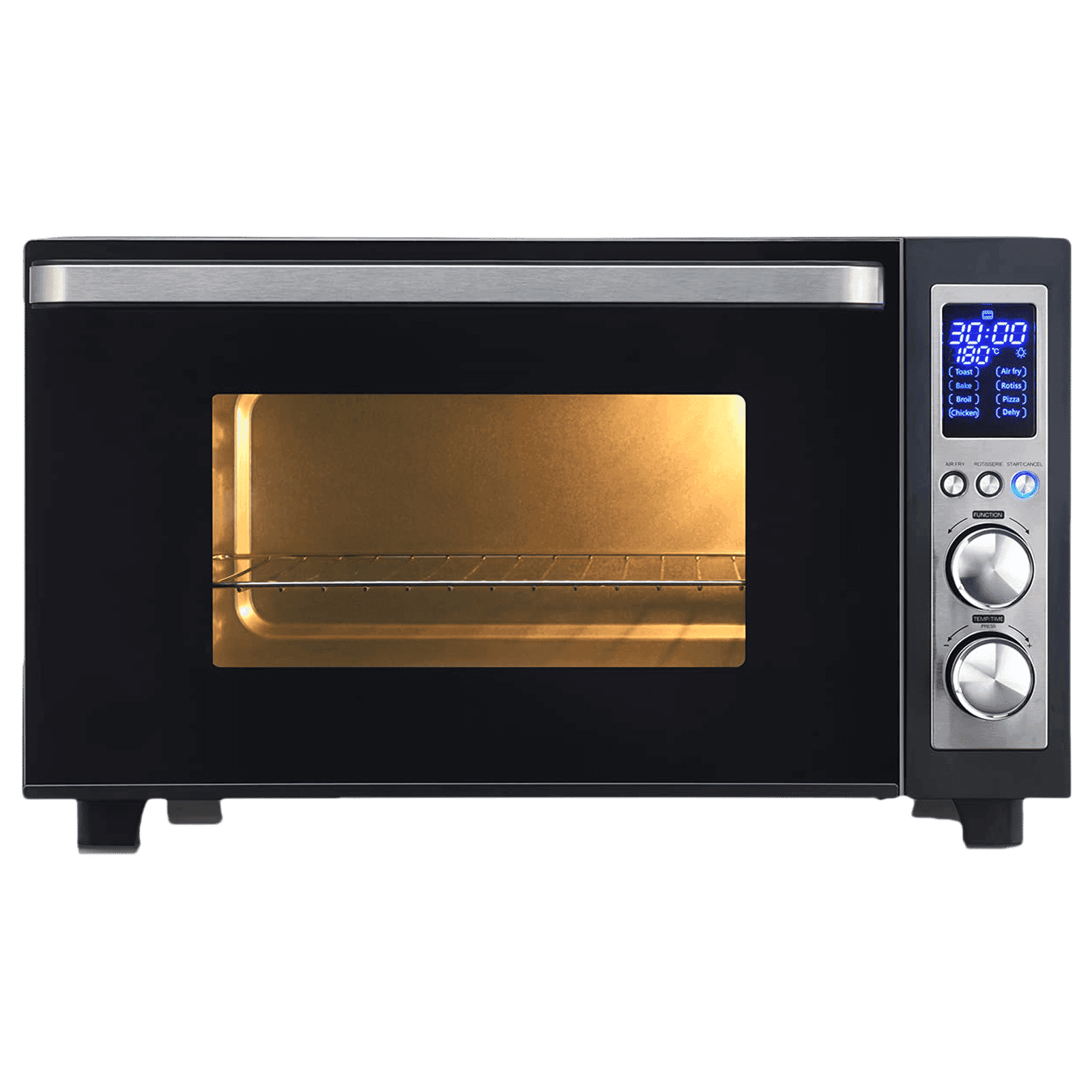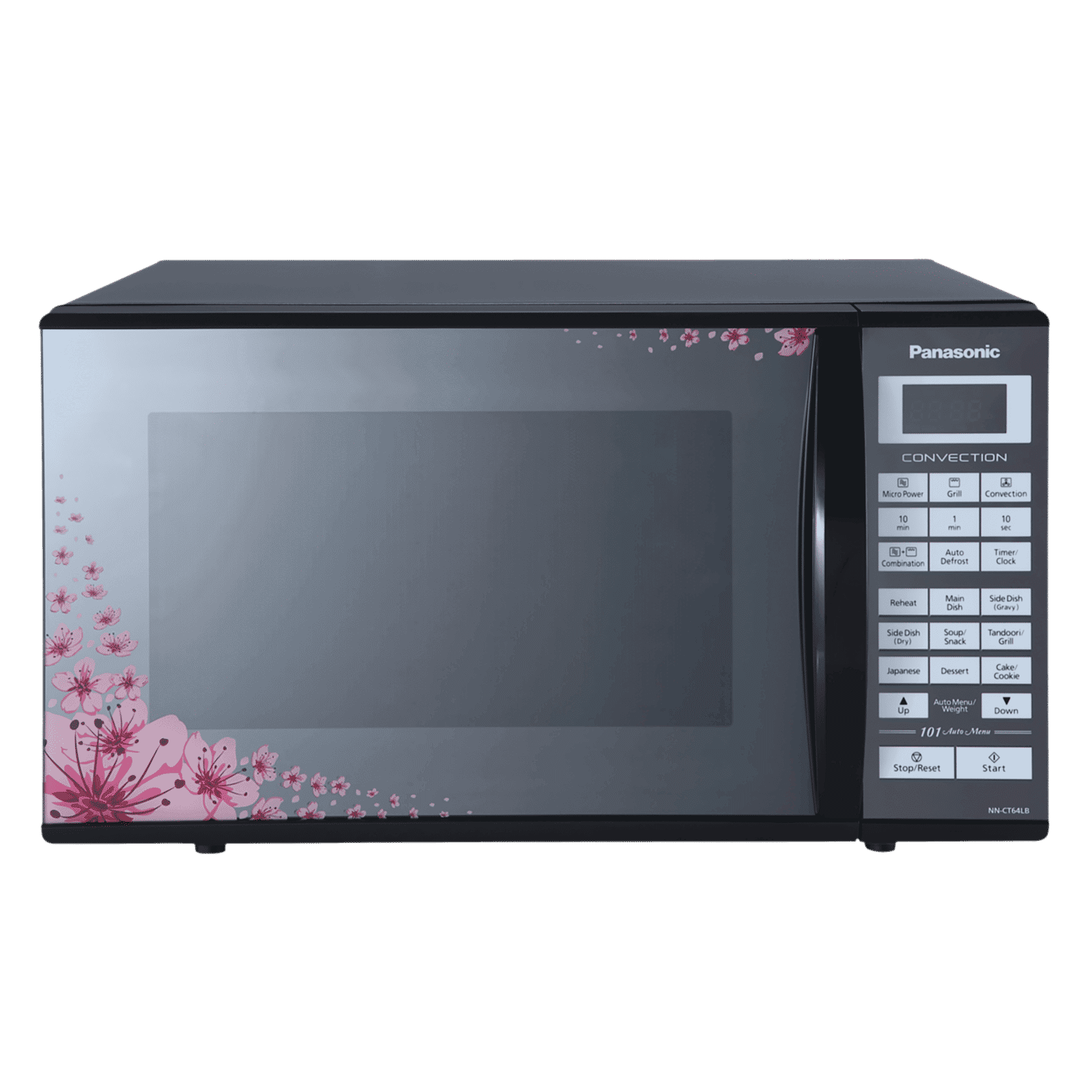
Home Appliances
•03 min read

Buy LG 20L Grill Microwave with i-Wave Technology (MH2044DB, Black) online at best prices from Croma. Check product details, reviews & more. Shop now!
Choosing the right kitchen appliance can make all the difference in your cooking and baking experience. When it comes to deciding which is better OTG or microwave, many households find themselves weighing the merits of each. In this guide, we provide a clear OTG vs microwave comparison, explain the differences between OTG and microwave, and help you decide based on your needs.
An OTG, or Oven Toaster Grill, is a versatile appliance designed mainly for baking, grilling and toasting. It is well-suited for traditional baking and grilling needs; for instance, it is widely recognised as the best appliance for baking cakes due to its even heating and precise control.
Microwave ovens are popular because of their convenience. They are designed for reheating, defrosting, and cooking meals quickly. Many modern microwaves also offer baking features in convection models, making them a flexible option especially when you need to reheat food fast.
OTG appliances are ideal for baking, grilling and toasting, while microwaves excel at reheating food and quick cooking. For those wondering OTG or microwave for baking, note that conventional OTGs generally provide more consistent results compared to many basic microwaves.
OTGs typically require preheating and longer cooking times. In contrast, microwaves are renowned for their speed and efficiency, especially when it comes to tasks like reheating food or cooking meals quickly.
It is important to compare the power consumption of both appliances. OTGs often use energy more efficiently for longer cooking processes, while microwaves, with their quick operation, tend to use less power for reheating tasks. The overall running cost will depend on your usage pattern.
OTGs come with manual temperature and timer controls, which might require a bit more experience. On the other hand, microwaves offer user-friendly controls that cater well to beginners and those with a busy lifestyle.

Buy USHA Calypso 30L Oven Toaster Grill with Motorized Rotisserie (OTGW30DRC, Black) online at best prices from Croma. Check product details, reviews & more. Shop now!
If you are looking for the best appliance for baking cakes, cookies, or bread, an OTG is often preferred. Its even heating makes it ideal for precise baking. Microwaves are also capable of baking, particularly in their convection models, but they might not match the performance of a dedicated OTG or microwave for cooking desserts.
When it comes to grilling, OTGs are clearly ahead. Their design supports superior grilling outcomes, especially for meat and vegetables. Microwaves have limited grilling capabilities, as only the convection variants offer this function effectively.
For quick reheating, the microwave is the appliance of choice. It is engineered for fast operation when it comes to defrosting or reheating food. In contrast, OTGs are not ideal for reheating, as they operate at a slower pace and are less efficient for this purpose.
OTGs offer precise temperature control and are excellent for baking and grilling. They are typically affordable, energy-efficient when it comes to baking enthusiasts, and come in a compact design suitable for small kitchens.
Microwaves provide multi-functionality, supporting quick cooking, reheating, and defrosting. Their user-friendly operation makes them especially suitable for busy households or young professionals who value speed and convenience.
While OTGs require preheating and have slower cooking times, microwaves in non-convection variants may offer limited capabilities in grilling and baking, as highlighted in many microwave vs OTG pros and cons discussions.
Expert Tip: Did You Know?
Convection microwaves combine the speed of a microwave with some of the baking and grilling advantages of an OTG. They offer versatility for small kitchens, although they might not always replicate the precise baking quality provided by a dedicated OTG.

Buy Panasonic 27L Convection Microwave Oven with 101 Autocook Menus (NN-CT64LBFDG, Silver/Black) online at best prices from Croma. Check product details, reviews & more. Shop now!
When deciding whether an OTG or microwave is better for home use, consider your daily cooking needs. Are you an avid baker, or do you often need to reheat meals quickly? Think about space availability in your kitchen and your budget. Energy efficiency can also be a key factor in your decision-making process.
If you lean towards baking and grilling, an OTG might serve you best. It is perfect for crafting those delicious home-baked cakes and grilled delicacies. On the other hand, if you prioritise quick, hassle-free reheating and versatile cooking options, then a microwave is the way to go. This is especially relevant for fast-paced households that savour convenience.
Your choice depends on your cooking style. OTGs excel in baking and grilling, while microwaves are ideal for quick cooking and reheating.
OTGs require preheating and generally take longer to cook food, which might not be ideal for every cooking situation.
Not necessarily. Although OTGs take longer to cook, they are energy-efficient for baking. In contrast, microwaves use less energy for fast operations like reheating food.
No, an OTG cannot replace a microwave. Each appliance is designed for specific needs; OTGs are better suited for baking and grilling, while microwaves handle quick cooking and reheating efficiently.
This guide has unpacked the differences between an OTG and a microwave from the perspective of functionality, cooking time, energy consumption, and usability. The evaluation shows that while OTGs have the advantages of precise control and are the best appliance for baking cakes and grilling, microwaves win in the areas of speed and convenience for everyday cooking. Both appliances have their unique advantages, and the decision ultimately depends on your culinary preferences and lifestyle needs. Platforms like Tata Neu ensure a seamless shopping experience that brings trusted appliances right to your doorstep, along with unique benefits such as NeuCoin earn opportunities. Explore our offerings to make the smart choice for your home and progress with ease and convenience in your kitchen adventures.